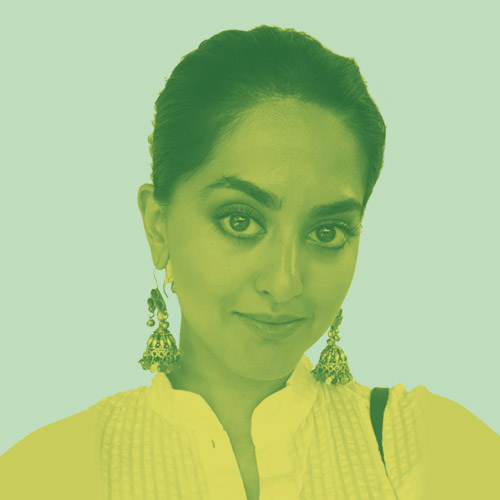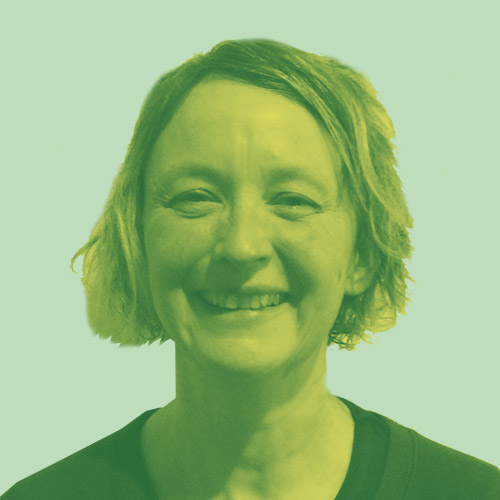Personal Postscripts
The Letter from the National Science and Media Museum to Bradford evokes a ‘we’ of museum staff. But for the Tensions as Strengths approach to work, the energy created through activating different perspectives is essential.
In these personal postscripts museum staff and collaborators who contributed moments respond to Tensions as Strengths. Their postscripts highlight what is offered by the ideas expressed as Tensions as Strengths but also underline what will need to be in place for the approach to flourish.
The personal postscripts are an enactment of the Tensions as Strengths approach. We wanted to ensure we were not just writing about an approach but seeking to show it and to do it too.

Mary Dowson
I really welcome the concept of Tensions as Strengths as a way of making visible the power dynamics between a major institution like the NSMM and community partners. It’s a way of both sides being better prepared in starting collaborative projects. Acknowledging from the start what the tensions are and how they might be played out is really important. Although I don’t believe in meeting trouble half-way, because sometimes trouble doesn’t come, adopting this approach would better enable an authentic relationship that recognises challenges from the start. After that you can start to build together. If things hit you further down the line, then it’s often too late. It’s also through properly understanding how the museum works that you can ask questions and pose challenges. Just being told how something works doesn’t mean you have to accept it as being immovable. But you can’t challenge it if you no-one has explained it to you. I see Tensions as Strengths as a way of openly exploring issues from all perspectives, seeking out ways to make change possible, rather than just accepting things the way they are.

Pakeezah Zahoor
I like the framing of Tensions as Strengths, and the way this is defined through the pulls that can allow for movement. It is a way of reimagining inherent contradictions. In being honest about limitations, I hope we then move towards ways in which they can be addressed and overcome.
There is something powerful in being able to pick apart and articulate what those contradictions are. These contradictions have not been so clear before or even considered to be contradictory, meaning it is impossible to work through them. This ‘working through’ is the most important part of the process, I think the ways the tensions as strengths are broken down into suggested action points within and through feels productive and allows a framework people can use once this project comes to an end. They offer ways of understanding where you can move and suggestions of how you might exist within these tensions. It is useful that the project is concluding by making visible what the museum is grappling with.
I never expected anything more radical than this. I didn’t expect Bradford’s National Museum project to get much further in all honesty. The problems are so entrenched and so overlooked and so insidious that they’re even being brought into the light of day feels like a huge moment. I don’t expect that a museum would seek to bring a revolution upon itself but even working within a system and coming to the point of fully recognising the tensions hands over power. There is a radicality in saying we can’t do this and being honest. I hear so much talk about community engagement and diversity and inclusion, with every cultural organisation incorporating this language as a badge of their own achievement and progressiveness. In this context, there is something powerful about being honest, to holding up our hands and saying this is where we have fallen short – I trust in this more than false celebration which bypasses the real issues people continue to face.
However, it is important that being honest about tensions does not become something to hide behind or to eliminate the notion of a responsibility that NSMM does have to the people of Bradford. It must be used as a point to work from, in order to work towards doing better and more. For example, the fact that the museum is bound by processes where certain decisions can’t be devolved, is not to say then that nothing can be done to surface the racial politics of the organisation.

Jean McEwan
The Tensions as Strengths lens immediately struck me as refreshing. To see that difficulties can be perceived in that productive way and in a way that is honest about complexities. It also highlights that not all issues can be resolved and it is useful to think about how this can be made into a fruitful tension. I liked the way the language wasn’t abstract, the use of the visual metaphor – using the idea of tension from physics, and also the use of a ‘pathways’ metaphor between the two pulls – made it feel tangible and concrete. It also struck me that this way of seeing difficulties could be a useful counter to a kind of magical thinking that sometimes can happen when you are working with an organisation and coming up against their ways of doing things, a sense of ‘if only they would get it and see it my way everything would be better’. Seeing Tensions as Strengths in this way seems to open up space for a more complex and non-binary discussion of us and them.
However, it made me reflect on other projects I am involved in as an artist where there is that David and Goliath dynamic. I did wonder about where the Tensions as Strengths approach places responsibility for change. How can we ensure it isn’t just something that glosses over inequalities, where in the navigation of tensions the more powerful side always wins? After all, for the tension metaphor to work there needs to be some equality in the pull on both sides.

Sarah Ledjmi
In response to the letter’s welcome of challenges as part of activating Tensions as Strengths, and in the spirit of what I believe my role entails (bringing more people in the making of the new Sound and Vision galleries), these are the areas of work I will be seeking to develop and advocate for. We must explore what democracy could look like. This means that we experiment with different models borrowed from other organisations and countries, to understand how we could share power. Devolution, consultation and robust recording and reporting processes could be first steps towards establishing new democratic structures, beginning to formalise a community of interest and the museum’s accountability to it. We must be show that people are valued here. This means that we understand that working in a museum is not a hobby and that people are not disposable. The first way to make sure a wider range of people join and stay in the organisation is to offer better pay, progression and working conditions. We must resist nationalistic discourses at all costs. This means that we refuse celebratory narratives about British exceptionalism and we acknowledge that past and present are inextricably linked, so that when we explore decolonial narratives we also refuse to give legitimacy to the fossil fuel and defence industries.

Si Cunningham
I recognised where it was coming from – it didn’t feel like a new way of looking at it. There are tensions. It is good not just to put a positive spin on the issue of the museum and Bradford. It is right to try and turn the tensions in strengths. Foregrounding tensions is interesting in a time when it is more common to try and draw attention to what we have in common rather than what drives us apart. It doesn’t feel like a distinctively Bradford solution – that’s a good thing as what is being said here is potentially relevant to all cities. A grown up discussion about tensions is useful – and if the museum can do that I welcome it. I would be looking for opportunities for how this can be translated into the physical spaces of the museum. What is the physical, manifestation of ‘tensions as strengths’? I am also interested in what this actually means, what will the visitor experience be like in 2025, whether or not Bradford becomes City of Culture?

Nabeelah Hafeez
The hope in Tensions as Strengths is it will help the museum navigate the tensions better. It should not become a justification for imposing things on communities but for involving them in a more honest way. Using the Tensions as Strengths approach could also help clarify if the National Science and Media Museum is the right place for you or your group. Do you work with an organisation that is completely Bradford focused? Or do you want to work with an organisation with a national platform and that puts Bradford on a national level? Part of Tensions as Strengths is being more aware that with the national platforms comes some loss of power and control – but I would also want to see Tensions as Strengths as a way of ensuring that partners who work the museum are able to ask questions and challenge how decision-making happens.

Tim Smith
I welcomed how the Tensions as Strengths section acknowledged that often there are no easy answers to complex questions viewed from diverse perspectives. Our project title itself provides a prime example: that aligning the local (Bradford) with the national (Science & Media Museum) is often difficult and sometimes impossible. The publication does however seek pragmatic and positive ways forward: ones that aim to develop, change and grow the relationships between the Museum and Bradford.
Recognition of potential dilemmas is outlined in the letter to Bradford from the NSMM, which recognises that “we are committed to understanding Bradford better, but we now know that we also need to ask you to understand us better”. However we can’t rely on local people reading this letter, or this publication in which it sits, to enable that wider understanding of “us”.
The practical task now is to distill Tensions as Strengths into formats more visible. Only if we show it, can we do it. A museum often seeks to tell complicated stories in a few simple words. That’s the challenge here. Whatever is produced needs to be short, in plain English and on offer to interested parties from the start. Ensuing relationships, if they happen, are then built on mutual understanding.



